Where is Tulsi Gabbard? The country’s Director of National Intelligence has been glaringly absent as the biggest national security story in years continues to develop. In both the lead-up to and the aftermath of President Trump’s decision to strike Iran’s nuclear sites, Gabbard has barely been seen, or heard. It’s a strange time for the chief of the US intelligence community to go silent, leading to a growing number of questions that Americans – particularly MAGA Americans – would like answered.
It’s Gabbard’s now-infamous testimony to Congress in March – and a video posted to social media earlier this month – that are thought to have sidelined her from the Trump administration in recent weeks. Three months ago, Gabbard reported to Congress that while Iran was enriching disproportionately high levels of uranium, the intelligence community did not believe the country was currently in the process of building a nuclear weapon. It’s the latter part of her testimony that has proved controversial in recent weeks, as the President and his team insisted Iran was indeed just weeks away from producing a nuclear bomb. The assumption now is that Gabbard must be directly opposed to the decision made by the White House to strike Iran’s nuclear sites – a suspicion bolstered by the video put out by Gabbard on June 10, lamenting how “political elite and warmongers are carelessly fomenting fear and tensions between nuclear powers.”
But the conversations between Gabbard and the White House have been more nuanced than many reports suggest. Despite initial reports that the DNI was not invited to a key Camp David meeting to discuss Iran earlier this month, an invitation was extended to Gabbard, who had an outstanding commitment due to her ongoing position in the National Guard. She was also in the Situation Room on June 21 when the decision to strike Iran was made – though no evidence of her attendance was shared by the White House on Saturday, when officials released photos of the meeting after the President’s address to the nation. The “Official Rapid Response” account released a photo of Gabbard at the meeting only yesterday evening, which appeared amidst growing speculation that she had not been invited to attend.
That’s not a great place for either Gabbard or Team Trump to be in. For Gabbard, it increasingly seems like her position on the Iran strikes is irreconcilable with the President’s, when this is not necessarily the case. (There is already a vulnerability in the relationship, as Gabbard is a recent convert to the Republican party (even more recent than Trump)). Gabbard’s job is to represent the view of the intelligence community, which her testimony in March presumably did. That does not mean that Iran’s advancements necessarily sat comfortably with her – a point insiders close to Gabbard are keen to stress. Gabbard, however, is not able to express this herself. The White House has empowered Vice President J.D. Vance, Secretary of State Marco Rubio and Defense Secretary Pete Hegseth to take the lead on broadcast. Gabbard is not currently on the list.
So what we are learning about the DNI’s position has been coming from her colleagues instead. She was “wrong,” according to Trump, in her testimony to Congress in March. She’s a “critical part of the coalition” according to Vance, who has come to the defense of Gabbard this weekend – not wholly surprising given they share similar skepticism for intervention. But the Vice President’s interventions do suggest there is an internal battle taking place over the future, not just of Gabbard’s position, but for the direction of US foreign policy. I understand Gabbard is not currently planning to resign, despite the public disagreement between her and the President on her testimony. But the hawks who tried to stop her nomination from advancing earlier this year have certainly sensed an opportunity for personnel change. Moreover, there is an inevitable expiration date on how long the Director of National Intelligence cannot speak on the biggest national-security issue of the day.
This might seem like a bigger problem for Gabbard than the President, but the longer Trump seems distant from Gabbard, the bigger the problem becomes with his base. The decision to strike Iran remains hugely contentious within the MAGA movement – not least because Trump made peace a top campaign promise. And Gabbard became one of the biggest symbols for that promise in his administration. Were she to go, Trump would have a credibility problem with MAGA – and there is no early indication they will let him get away with it.
Perhaps Trump can stomach the MAGA outrage, no longer worried about facing reelection. But Vance’s comments, in defense of Gabbard, suggest he is acutely aware of how the base is feeling, and how these strikes must be spun to keep the war-skeptics on board.
Vance and Trump can certainly make the case that “America First” required taking out Iran’s nuclear capabilities. But it would be a lot more powerful if Gabbard were out there making the case too.
We need to hear from Tulsi Gabbard
The Director of National Intelligence can make – or break – the President’s case for bombing Iran
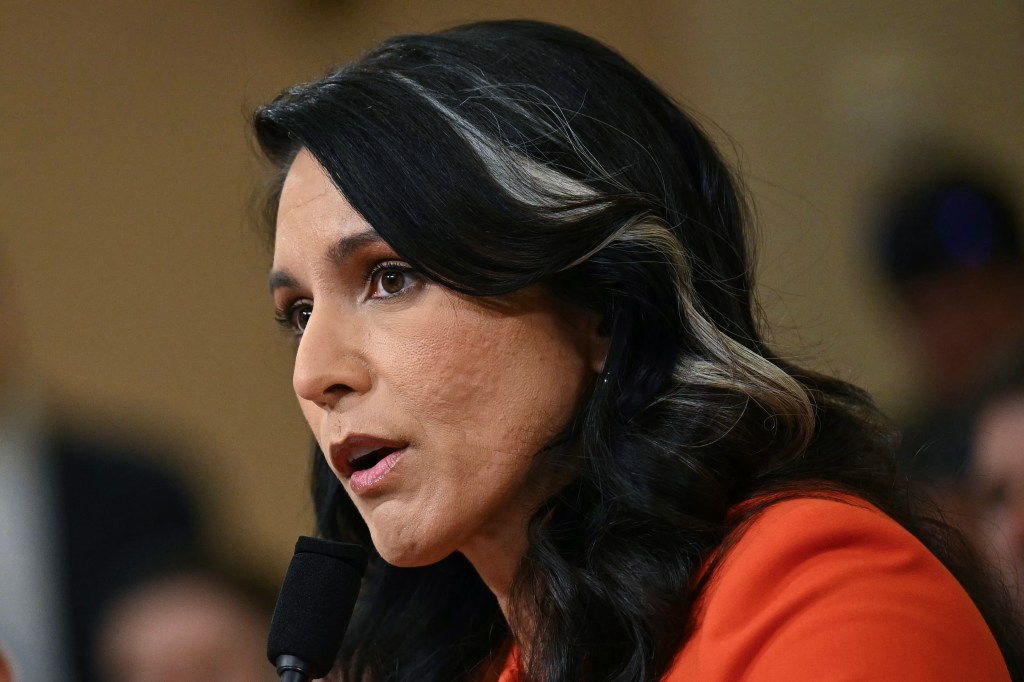
Tulsi Gabbard (Getty)









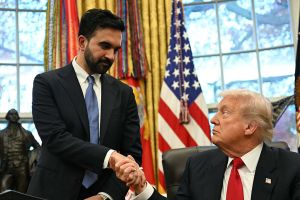
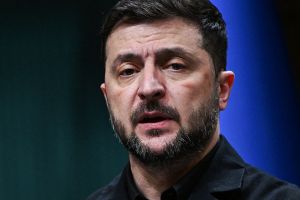
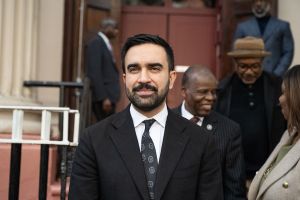
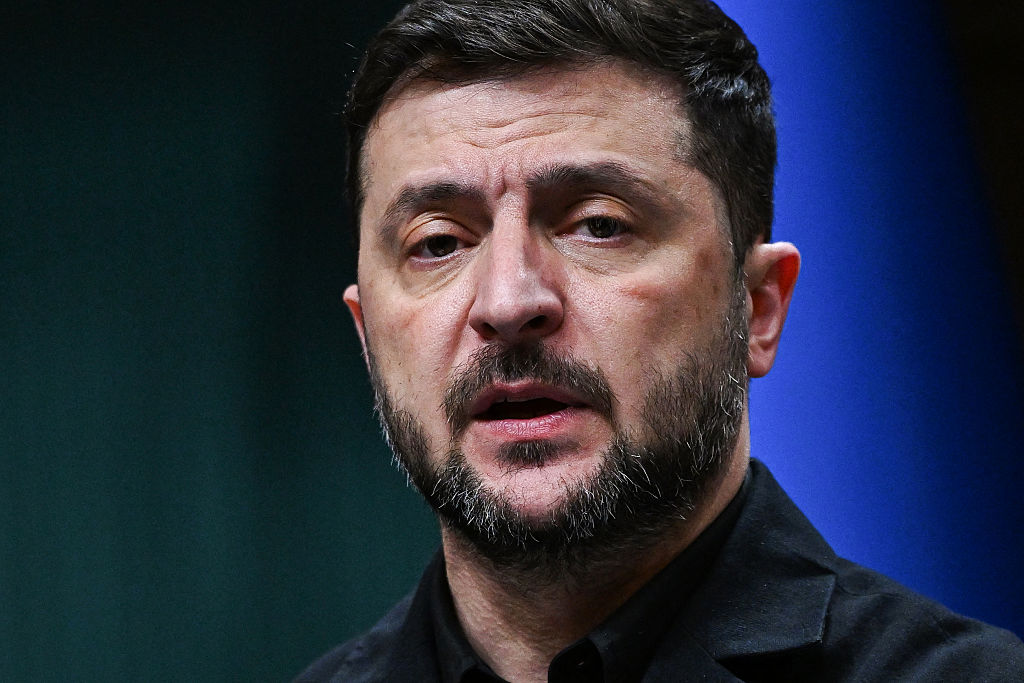

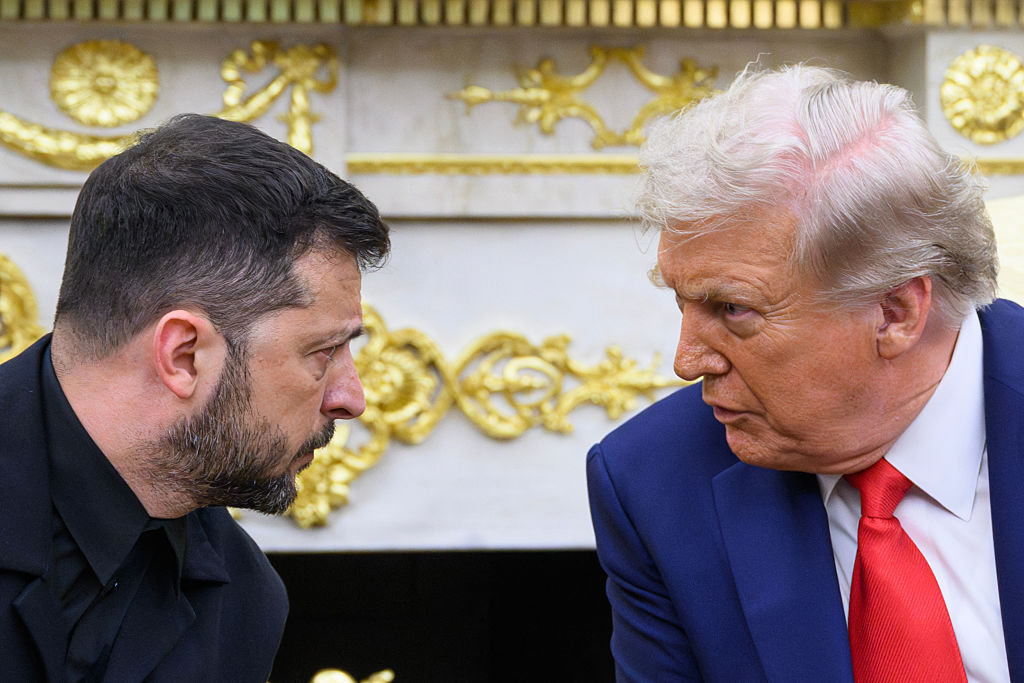

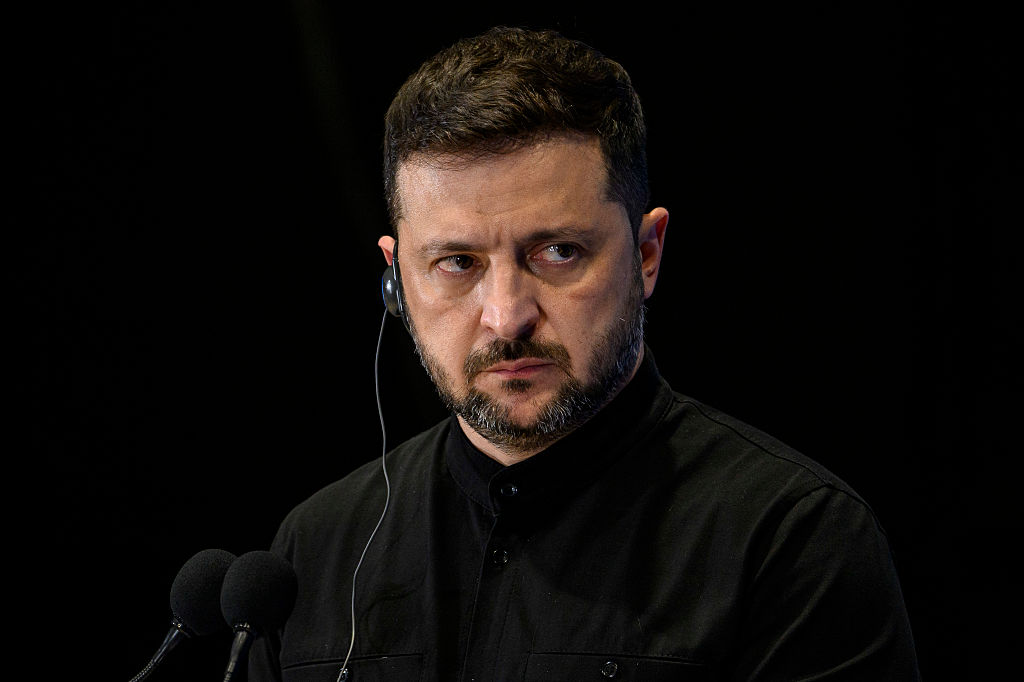
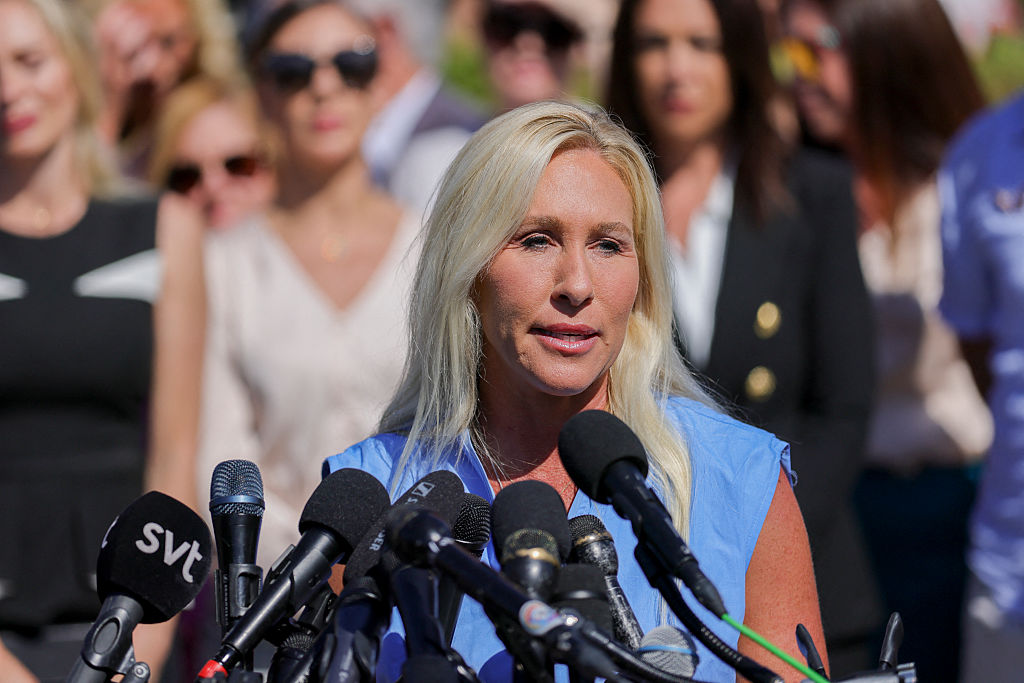





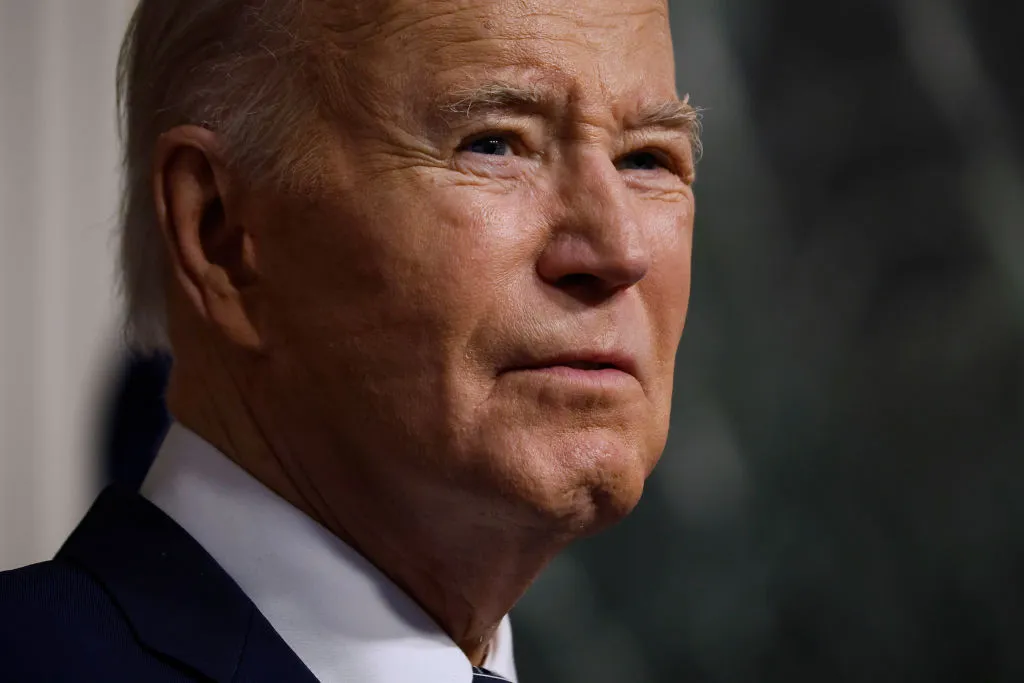

Leave a Reply